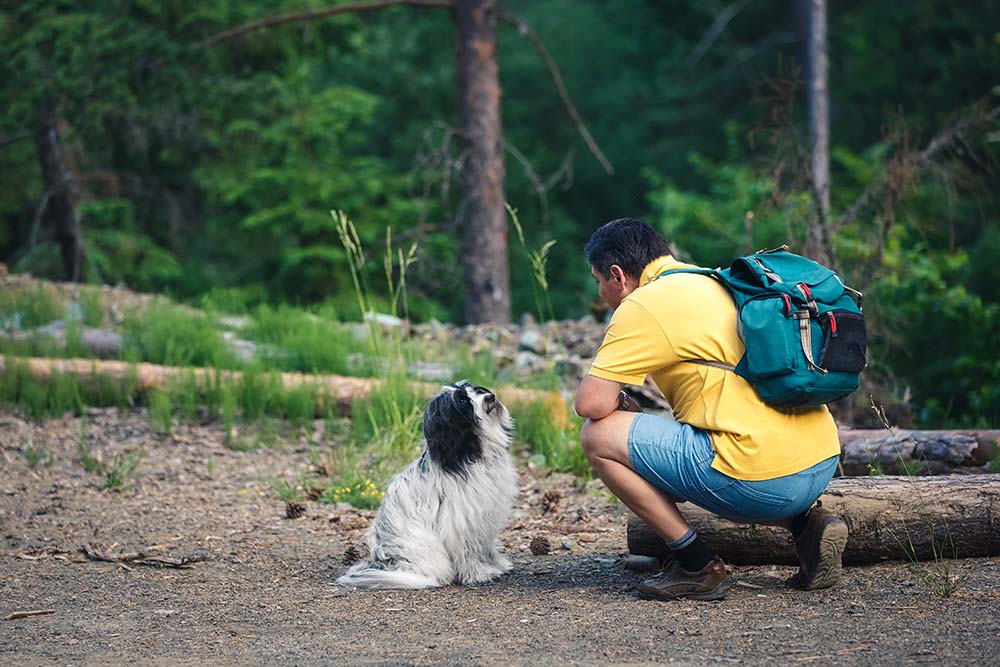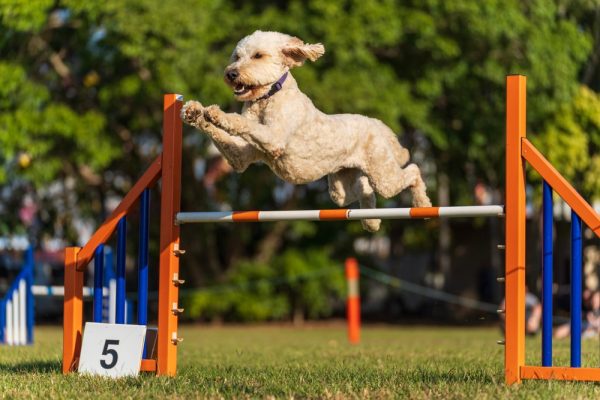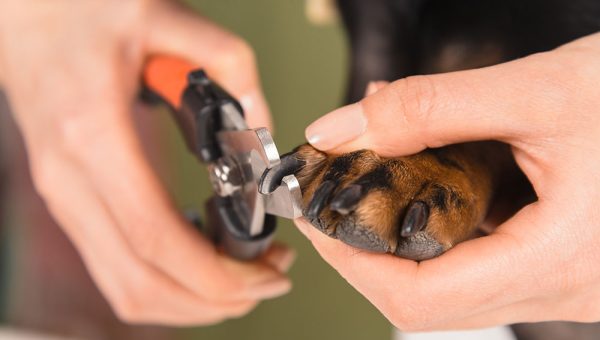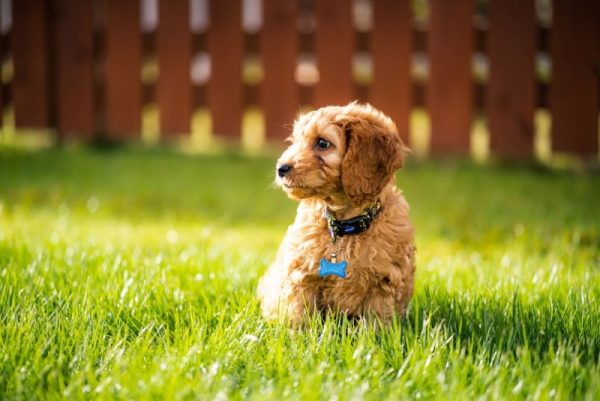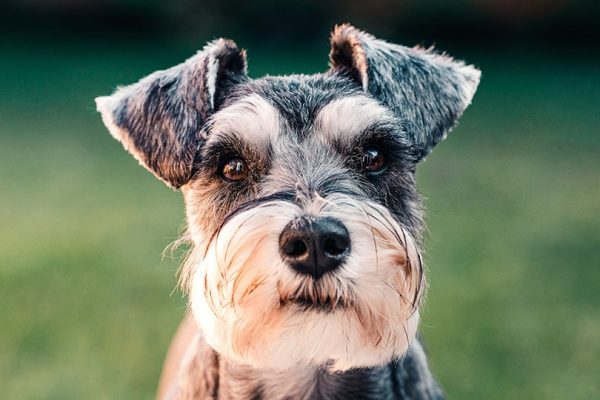Sometimes, even the calmest and most well-behaved dogs can develop phobias that transform them into completely different dogs. Fear of men is a relatively common phobia in dogs that can make living with your pet extremely challenging. While most of us assume that a fear of men occurs due to past trauma, this isn’t always the case. In fact, in most cases, this fear is typically the result of a combination of social and physical factors.
Read on to learn more about why some dogs hate men and what you need to do to address the problem before it escalates.

The 5 Reasons Your Dog Hates Men
1. Previous Bad Experiences With Men
Your dog may be fearful of men because they had a bad experience with one in the past. Maybe they had a previous male owner who abused them or a run-in with a male that turned sour. Prior bad experiences, especially if they occur during your dog’s adolescent fear periods between the ages of eight to 12 weeks and six to 14 months, can really stick with them and have a lasting impact on them for the remainder of their lives.
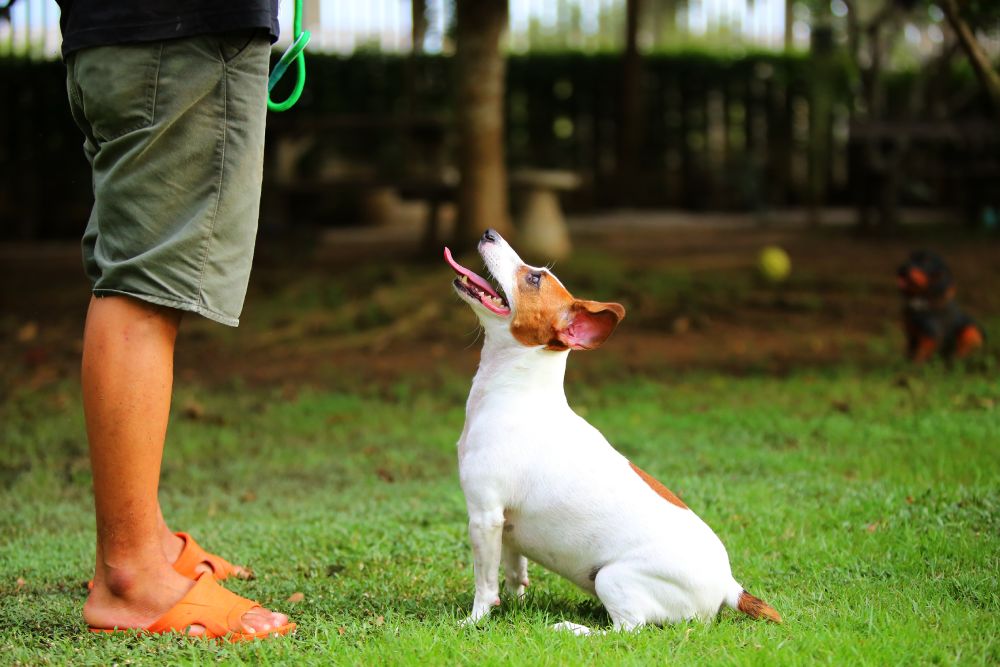
2. Lack of Socialization
Your pup could hate men because they weren’t socialized to the presence of males during the critical stages of puppyhood between seven to 16 weeks. Adult dogs can develop phobias of things (or, in this case, people) they weren’t exposed to during this period.
3. “Masculine” Behaviors
Some dogs may fear men because of their more “masculine” behaviors. Their voices are louder and deeper, they are more prone to roughhousing-type behavior than women, and their presence can be more intimidating as they walk toward or lean over your dog.
4. Physical Characteristics
Some of the physical characteristics of men can be confusing or even appear threatening to dogs that haven’t spent much time with them. For example, extreme facial hair can disguise the face and make a man appear aggressive. Additionally, some dogs misconstrue their taller and broader bodies as intimidating.
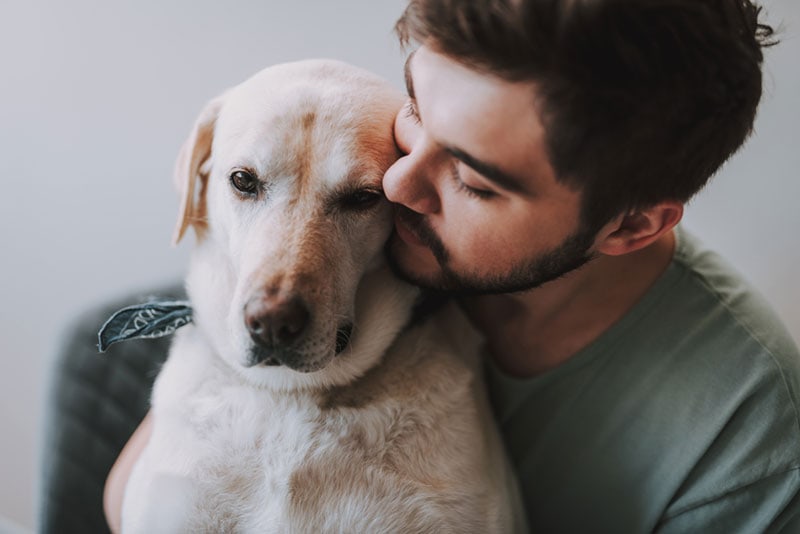
5. Scent
Dogs have an extremely powerful sense of smell and may find the scent of men’s hormones and pheromones to be overpowering or threatening.

How to Ease Your Pet’s Fears
If Your Dog Isn’t Aggressive
If your dog isn’t aggressive in the presence of men, a desensitization process can help them become more comfortable being around males.
Before you begin this process, it’s important to remember that you need to stay in your dog’s comfort zone. Attempting to desensitize them can backfire and even strengthen their fear if you approach the process wrong or push it too quickly. Always allow your dog to lead the training, and if you notice any signs of fear or aggression, it’s time to back off.
- Have a male friend be in the same room as your dog. They mustn’t make eye contact or acknowledge your pet in any way.
- Throw one of your dog’s favorite treats near the man, and your pup must get close to retrieve it.
- As your dog approaches, have the man hold out a treat for him. Advise him to remain as still and quiet as possible.
- If your dog is calm in the presence of the man, offer lots of treats and praise. This can help them create a positive association with being around males.
- As your dog gets more comfortable approaching your friend, he can begin talking quietly to your pet. Gauge your dog’s reaction while slowly working up to having your friend pet and interact more with your pet.
If Your Dog Is Aggressive
If your dog responds aggressively to the presence of men, we highly recommend hiring a professional dog trainer or behaviorist to address the problem.
It is also important never to physically punish your dog or yell at them. This will only further their fear of not only men but also you. It is better to contact a professional for guidance.
If you need to speak with a vet but can't get to one, head over to PangoVet. It's an online service where you can talk to a vet online and get the personalized advice you need for your pet — all at an affordable price!


Final Thoughts
Your dog’s fear of men may be rooted in past trauma, lack of socialization, or perceived threats. You will need to work with your dog to heal them of this fear. However, if your pet appears aggressive in any way, we urge you to seek the help of a professional dog trainer or behaviorist. They will use their expertise to create a plan that will get you and your dog on the right track.
Featured Image Credit: Slavica Stajic, Shutterstock
